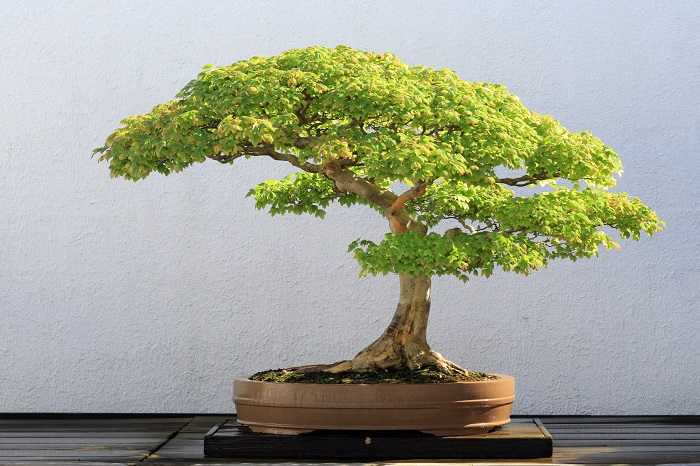
Pruning —one of the most exciting and enjoyable activities for those who choose to grow a bonsai—can be done in different ways, depending on styles and current trends . It's good to know that there are two main types of pruning. The first—the most basic—is the maintenance technique , which suggests following a few simple precautions: first, simply remove excess shoots as soon as they appear using a pair of specialized scissors, thoroughly cleaned and disinfected. Pruning is done occasionally throughout the year, depending on how the plant grows and develops. Branches are shortened, leaving only two or three new leaves, thus encouraging the development of new shoots, which over time will lead to the production of increasingly smaller leaves .
Naturally, this type of pruning also includes the removal of damaged branches , but those that grow and cross with the main branches or in directions that are aesthetically unappealing. In the case of flowering bonsai, corrective pruning is carried out immediately after the flowering period, naturally avoiding eliminating all the flowering branches so as not to lose the decorative berries.
The other maintenance technique —generally performed on younger and more malleable specimens—is the most effective, helping to transform the plant and shape it to your liking. This intervention is performed during the winter, when the plant is dormant and therefore less affected by the stress of pruning. In this case, branches that disrupt the shape of the crown are removed , and the branches are given a precise direction and shape.
After making the cuts , it is always a good idea to cover the pruned surface with a healing pruning putty to protect the plant. Alternatively, instead of putty, you can create a mixture of verdigris preparation (powder) mixed with oil and rub it on the cut surfaces of the branches. This will help protect the plants from possible fungi and parasites.
0 commenti :
Post a Comment